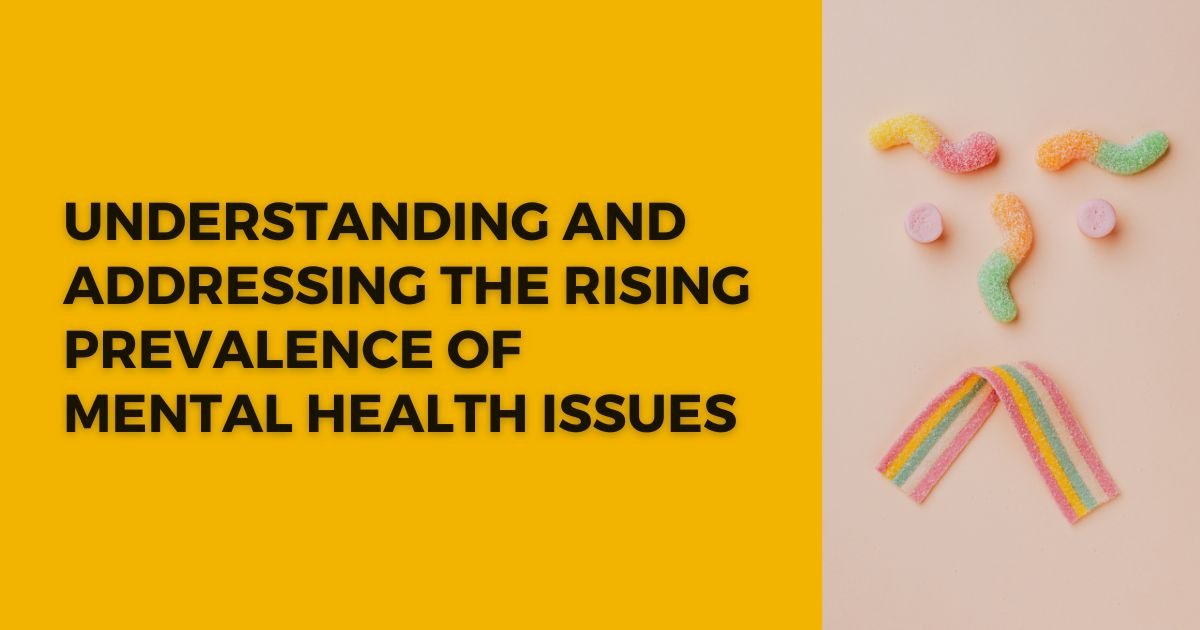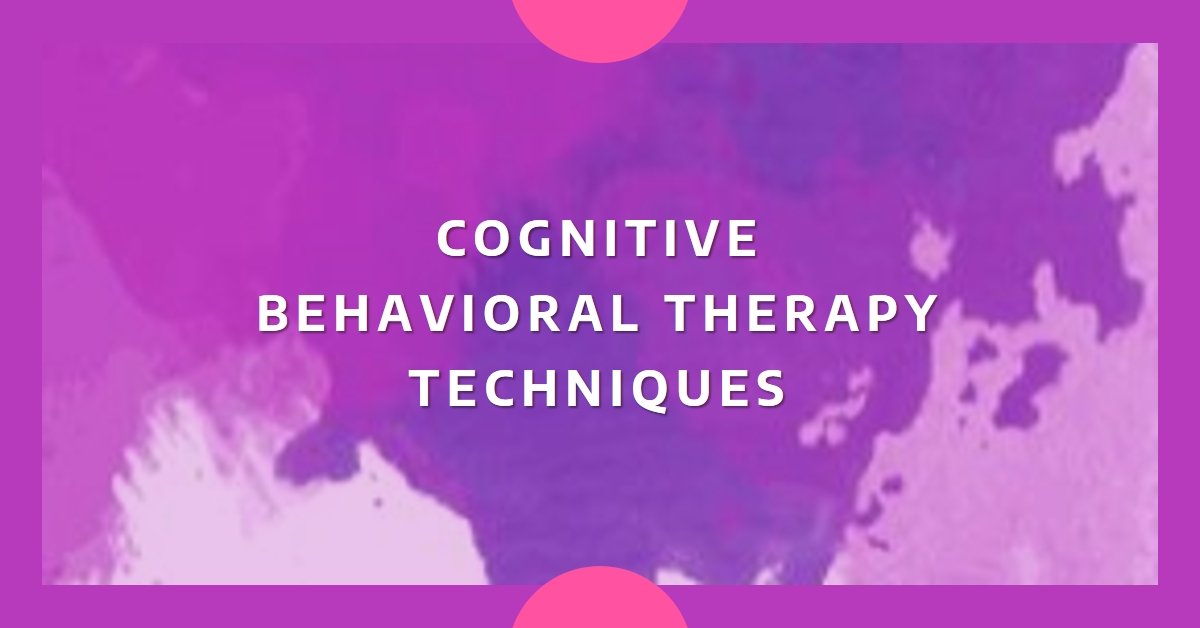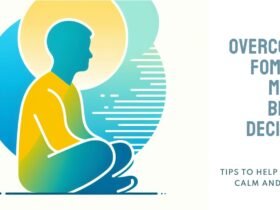In the fast-paced world we live in, negative thoughts can often become a roadblock to our well-being. This article explores the techniques of Cognitive Behavioral Therapy (CBT) as a powerful tool for managing and overcoming negative thoughts. Understanding the basics of CBT is crucial in our journey toward mental health.
Table of Contents
Understanding Negative Thoughts
Negative thoughts come in various forms, from self-doubt to catastrophic thinking. They can significantly impact our mental health, contributing to anxiety and depression. Recognizing and addressing these thoughts is the first step toward a healthier mindset.
Basics of Cognitive Behavioral Therapy (CBT)
CBT is rooted in the idea that our thoughts influence our feelings and behaviors. By identifying and challenging negative thought patterns, CBT empowers individuals to reshape their cognitive landscape. This section delves into the core principles of CBT and its targeted approach.
Identifying Negative Thoughts
Self-awareness is key to combating negative thoughts. Mindfulness techniques enable individuals to observe their thoughts without judgment. Additionally, identifying triggers that lead to negative thinking allows for proactive intervention.
Challenging Negative Thoughts
Cognitive restructuring is a fundamental aspect of CBT. By questioning the validity of negative thoughts and replacing them with more balanced alternatives, individuals can reshape their cognitive patterns.
Behavioral Strategies in CBT
Actions speak louder than words, and this holds true in CBT. This section explores how behavioral interventions can break the cycle of negative thinking. Small, positive actions can create a ripple effect on one’s mindset.
Mindfulness and Relaxation Techniques
Incorporating mindfulness and relaxation exercises is crucial for managing negative thoughts. These techniques not only promote a sense of calm but also provide a valuable perspective on challenging situations.
Positive Affirmations and Cognitive Distancing
Harnessing the power of positive affirmations and cognitive distancing techniques helps individuals gain a fresh perspective. By consciously changing the dialogue in their minds, they can distance themselves from negativity.
Gratitude Practices
Gratitude is a potent antidote to negativity. This section explores how incorporating gratitude practices, such as keeping a journal, can shift focus from what’s lacking to what’s abundant in one’s life.
Social Support in CBT
Building a strong support network is a cornerstone of CBT. Whether through friends, family, or professional help, having a reliable support system enhances the effectiveness of CBT techniques.
Real-life Applications of CBT Techniques
Success stories of individuals who have successfully used CBT techniques provide real-world inspiration. Practical tips for implementing CBT in daily life make these techniques accessible to a broader audience.
Challenges and Pitfalls
While CBT is a powerful tool, it’s not without its challenges. Understanding common pitfalls and strategies for overcoming them ensures a smoother journey toward managing negative thoughts.
CBT for Specific Populations
Adapting CBT techniques for different age groups and cultural backgrounds is essential for their effectiveness. This section explores how CBT can be tailored to meet the diverse needs of individuals.
Future Directions in CBT
As our understanding of mental health evolves, so does CBT. This section highlights emerging trends and advancements in CBT, pointing toward a promising future for this therapeutic approach.
Conclusion
In conclusion, the techniques of Cognitive Behavioral Therapy offer a roadmap for managing negative thoughts effectively. By understanding, challenging, and reshaping our thought patterns, we can pave the way for a more positive and fulfilling life.
FAQs
-
How long does it take for CBT to show results?
Results vary, but many individuals report positive changes within a few weeks.
-
Can CBT be done without professional help?
While self-help resources exist, consulting a trained professional enhances the effectiveness of CBT.
-
Are there age restrictions for CBT?
No, CBT can be adapted for individuals of all ages, including children and seniors.
-
Is CBT a one-size-fits-all approach?
With practice and consistency, the benefits of CBT can have a lasting impact on mental well-being.
-
Are the benefits of CBT long-lasting?
With practice and consistency, the benefits of CBT can have a lasting impact on mental well-being.
Remember, the road to change may not always be easy, but the rewards are worth the effort. Embrace the process, be patient with yourself, and celebrate small victories along the way. With consistent practice and dedication, you can build resilience and cultivate a more optimistic outlook on life.
To delve deeper into the world of mental health and discover additional resources on managing negative thoughts, exploring various therapeutic techniques, and enhancing overall well-being, click here. Your journey towards a healthier mind starts with the knowledge and tools you empower yourself with. Keep learning, growing, and prioritizing your mental health.













Leave a Reply
View Comments